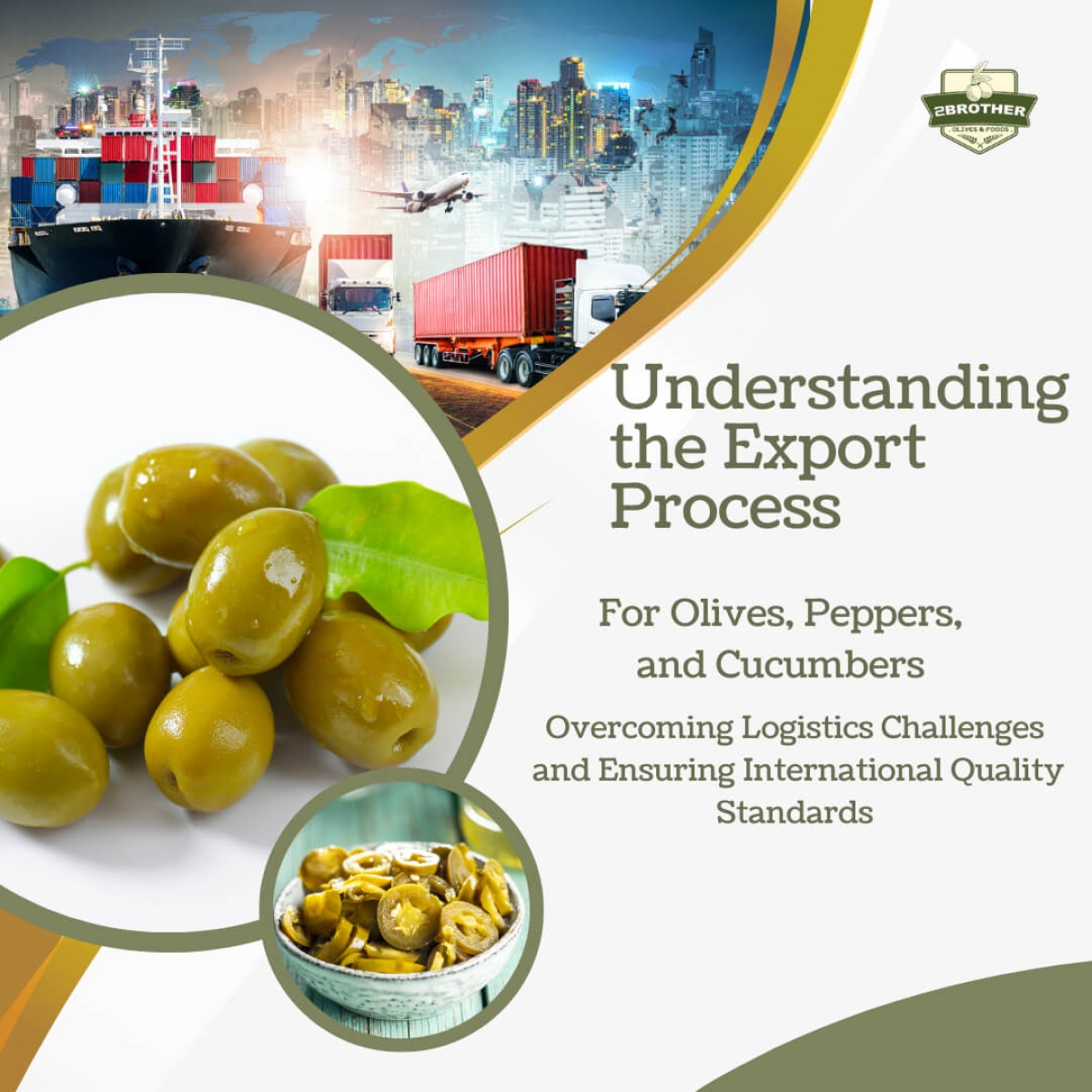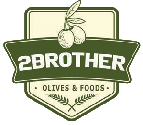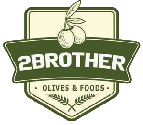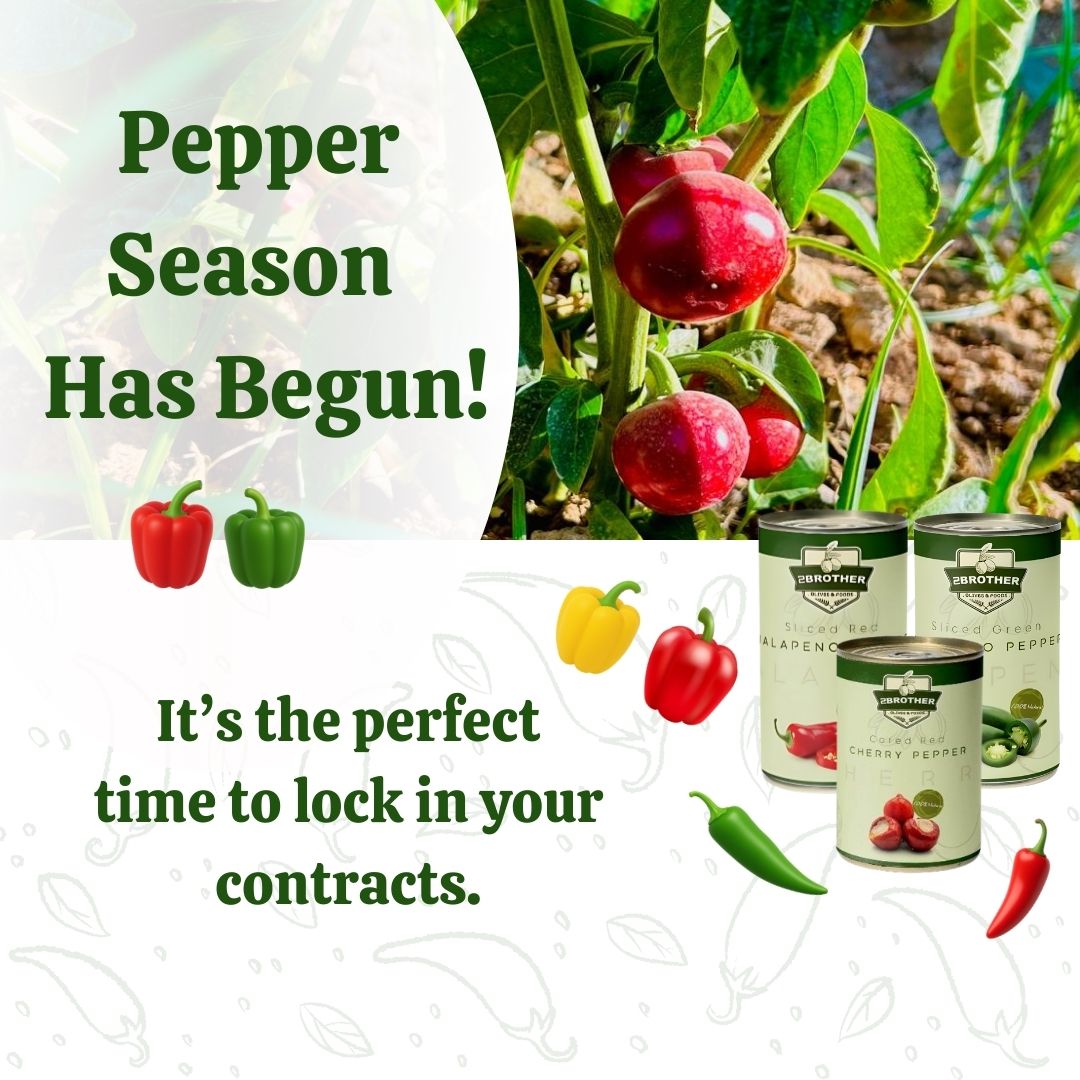Understanding the Export Process for Olives, Peppers, and Cucumbers: Overcoming Logistics Challenges

The export of agricultural products such as olives, peppers, and cucumbers involves a complex series of stages, each critical for maintaining the quality and freshness of these perishable items. This article explores the entire export process for these products, highlighting key logistics challenges and how they are effectively addressed while adhering to stringent international quality standards.
1. Pre-Harvest Preparation: The journey begins long before the actual harvest, with farmers implementing advanced agricultural techniques to ensure the produce meets the specific quality standards demanded by international markets. This includes the selection of seed varieties, soil management, and appropriate use of fertilizers and pesticides.
2. Harvesting and Initial Processing: Harvesting methods are crucial for maintaining the integrity of olives, peppers, and cucumbers. Immediate post-harvest processing, such as cooling and initial cleaning, plays a significant role in preserving their freshness and extending shelf life.
3. Quality Control and Packaging: After harvesting, products undergo rigorous quality control checks to ensure they meet export criteria. This stage includes sorting by size, color, and quality. Following this, the products are packaged using materials that ensure safe transportation and comply with international standards.
4. Regulatory Compliance and Documentation:Exporters must comply with various international and local regulations, including health certificates, phytosanitary certificates, and customs declarations. Accurate and thorough documentation is essential to facilitate a smooth export process.
5. Logistics and Transportation:Logistics is one of the most challenging aspects of exporting perishable goods. Maintaining a cold chain from the farm to the destination is critical. This section discusses how exporters overcome challenges such as temperature fluctuations, transportation delays, and logistical inefficiencies.
6. Dealing with Market Fluctuations:Market demand for olives, peppers, and cucumbers can vary significantly. Exporters must be adept at adjusting their strategies based on changing market conditions and consumer preferences.
7. Future Trends and Technological Advancements
Exporting olives, peppers, and cucumbers is a multifaceted process that requires meticulous planning, strict adherence to quality standards, and efficient logistics management. By overcoming these challenges, exporters can ensure that these products reach global markets in optimal condition, satisfying consumer needs and contributing to the agricultural sector's growth.
For more insights on exporting agricultural products and overcoming logistics challenges, subscribe to our newsletter and stay updated with the latest industry trends.









